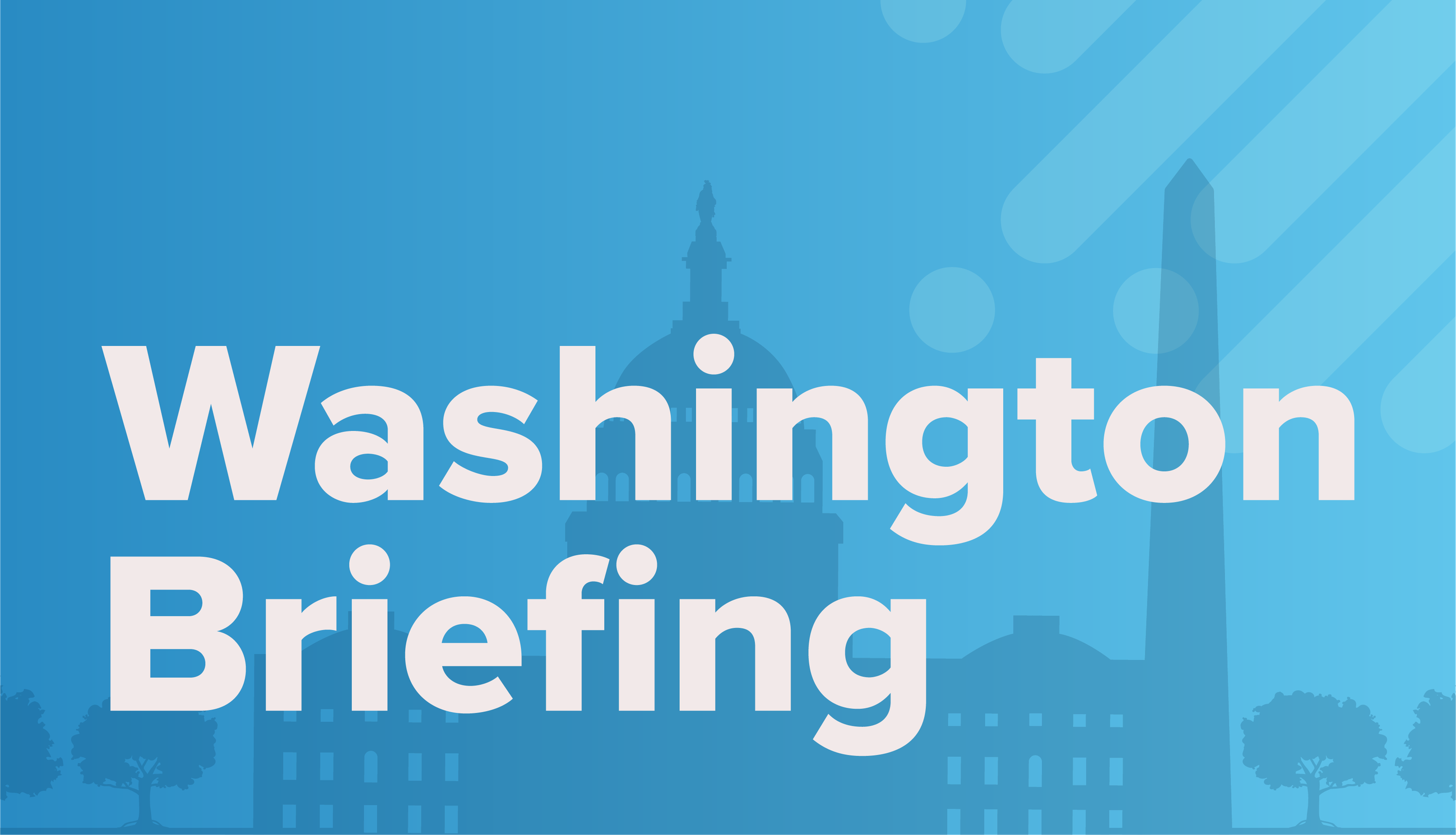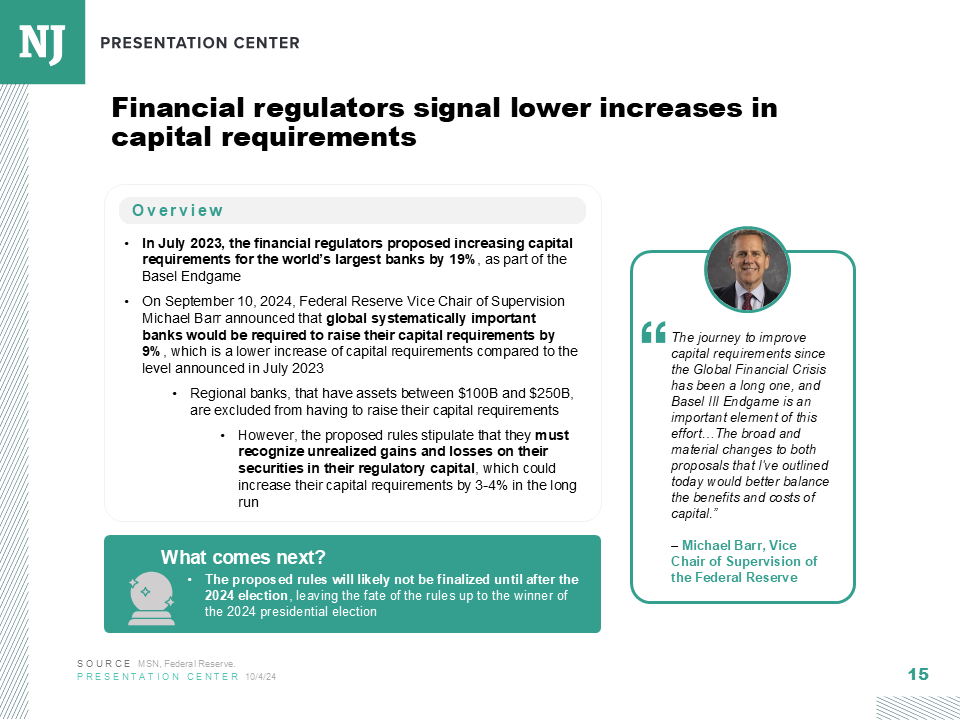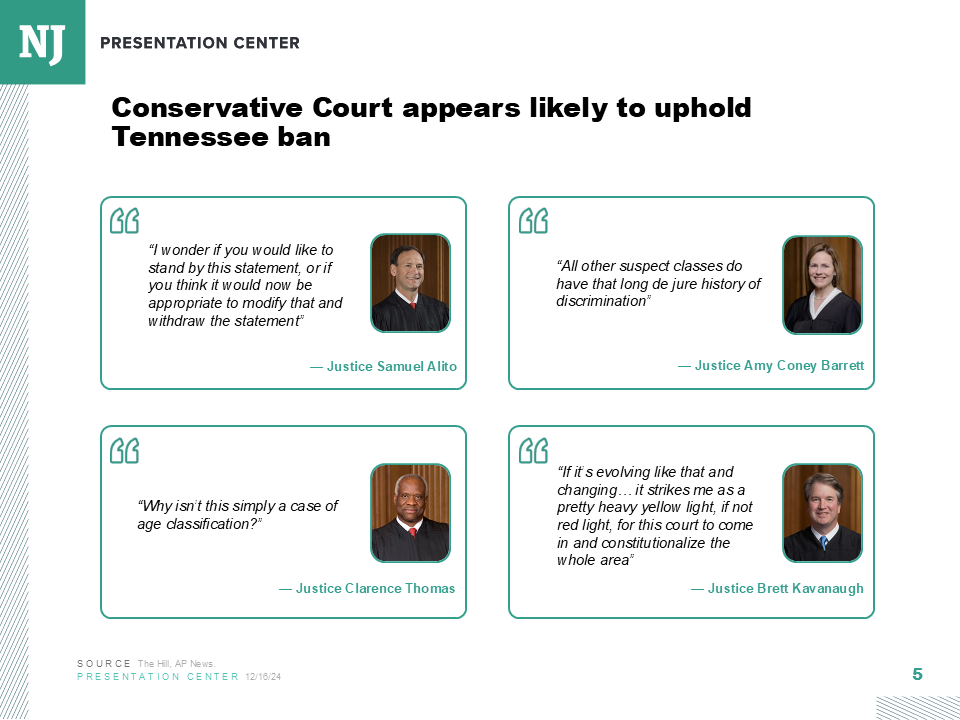Democrats have struggled to overcome a growing voter-registration gap with Republicans. As the state parties work to bolster voter registration—especially in red states—the Democratic National Committee is giving each one an additional $5,000 per month and bringing the total investment in red states to $22,500 per month.
The move, which kicks off next month, increases the DNC’s monthly contributions in red states by 50 percent and in blue states by 30 percent.
DNC Vice Chair and Association of State Democratic Committees President Jane Kleeb said the percentage of the DNC’s total budget going to state parties has increased from 8 percent to 25 percent under the new leadership.
“When you have strong state parties and you have strong state party infrastructure, that’s the only way that you can win elections at the state and local level,” Kleeb told National Journal.
DNC Chair Ken Martin rose up through the ranks of the Minnesota Democratic-Farmer-Labor Party before taking over the DNC earlier this year.
“We’ve got to do a better job of making sure people know that wherever they live, wherever they are from, no matter who they are, we’re fighting for them and we’re their champion in this country,” Martin told The New York Times in an interview prior to the DNC chair elections.
State party leaders said they would use the new funds for the “unsexy” parts of running their operation—from strategic planning to administrative costs.
The increased funding from the DNC “eases the burden of worrying about administrative costs,” Alaska Democratic Party Executive Director Jenny-Marie Stryker told National Journal. “Because either way, we have to pay for the paper and staff salaries and stuff like that. But we want to spend a hell of a lot more money on accountability, recruitment, and building up our base. And this lets us push more donor money to that.”
Democratic donors have mostly contributed to nonpartisan voter-registration groups, resulting in an increase in voters registered as independents, Kleeb said. The funding going to state parties can help build up the resources used to register Democratic voters.
“You need to do that early,” she said. “You can’t do that just a couple months before an election.”
Wyoming Democratic Party Chair Lucas Fralick said many Democrats in Wyoming register as Republicans to weigh in on primaries—for instance, voting for former Rep. Liz Cheney to prevent a more right-wing candidate from winning the nomination. But this strategy hasn’t really worked: Rep. Harriet Hageman soundly defeated Cheney in 2022.
“We have to earn their registration back,” Fralick told National Journal. “We can’t just expect people who are left-leaning in any way to become Democrats again because we’re asking nicely.”
Oklahoma is in a similar place, with state Democratic Party Executive Director Lauren Craig telling National Journal that the party is largely focusing on increasing its visibility. As of the report ending on Aug. 31, 53.4 percent of voters in the state were registered Republicans, while 25.6 percent were registered Democrats, and 21 percent were registered as independents or under a third party.
“There are a lot of people in Oklahoma who are registered Democrats who strongly feel as though they are the only one, the only one on their street, the only one in their community,” Craig told National Journal. “They feel very isolated. And so we’ve taken that as a mission to change the narrative—that Oklahoma Democrats do exist.”
Republicans have held a supermajority in Oklahoma’s state House and Senate since 2012, and the state has not had a Democratic governor since 2011. Craig said in some state legislative races Democrats have not run a candidate in 10 years.
“For us, we’ve got to stop the bleed,” Craig said.
Democratic power in state legislatures atrophied under former President Obama, with the party controlling 59 percent of state legislatures at the start of his presidency but only 31 percent at the end. After Minnesota state Rep. Xp Lee’s election Tuesday brought the Minnesota House back to an even partisan split, Democrats now control 37 percent of state legislatures.
Kleeb said during the Obama years, funding for state parties declined to just $2,500 per month.
Victories at the state legislative level can portend statewide victories, but Democrats’ path back to the majority only looks narrower further into the future. Nationally, pending redistricting plans and predicted population shifts threaten to grow Republicans’ edge in red states.
“That means we need to be doubling and tripling down our efforts, so in three, five, and 10 years, when [red states are] getting more congressional seats, rather than in some of our blue states, we are prepared,” Kleeb said.
Fralick said the party hopes to reinvest some of the increased DNC funds into its network for young Democrats. He said he hopes to “build a bench” of candidates who can run at the state legislative level and may eventually run as statewide candidates, saying that even losing candidates can inspire others to register as Democrats or to consider a run of their own.
Kansas Democratic Party Chair Jeanna Repass said the party lacks the enthusiasm it had when Obama was running his first campaign, but the state party continues to work to build community.
“There was this great new movement, but we don’t have that right now,” Repass told National Journal. “What we have is each other. What we have is our neighbors. What we have are people at the ground level. And that is where we’re going to make the difference.”







